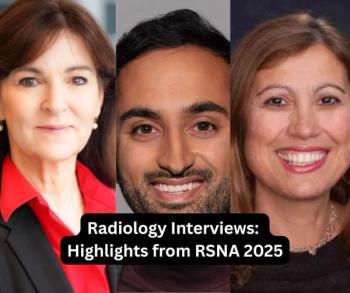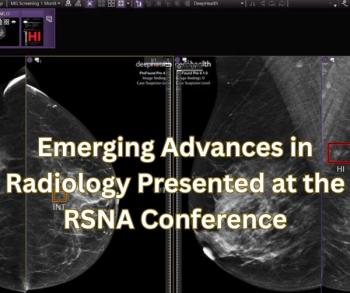
Top Five Radiology Content of 2024
Touching on a variety of topics in radiology, here are the top five most well-viewed content from Diagnostic Imaging in 2024.
As we come to the end of 2024, we take a look back at some of the highest viewed content from Diagnostic Imaging of the past year with topics ranging from MRI-related claustrophobia and CMS coverage of computed tomography (CT) colonography to the use of PSMA PET/CT for oligometastatic prostate cancer and potential solutions to address radiology workforce issues. Review the slideshow below to see highlighted content from the past year.
Newsletter
Stay at the forefront of radiology with the Diagnostic Imaging newsletter, delivering the latest news, clinical insights, and imaging advancements for today’s radiologists.




























